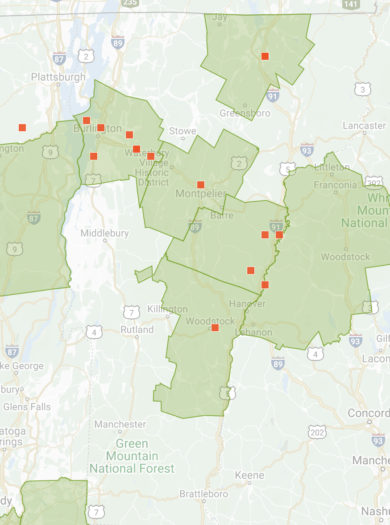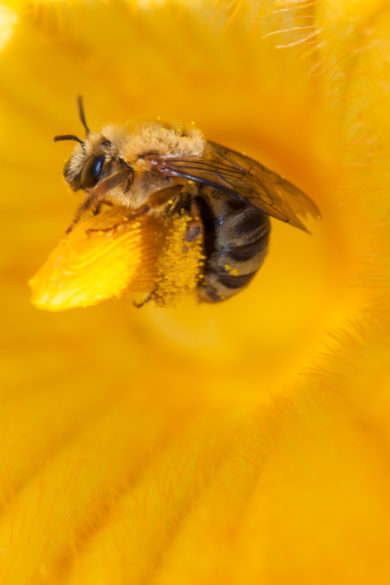Tech Tip Tuesday: A Final Review
And just like that, the final Tech Tip Tuesday is upon us. Well, at least the last TTT that I will write for you. It has been a pleasure writing them every week. I have really appreciated your thoughtful questions and enthusiasm for learning about the species we share Vermont with. While this is good-bye for now, do not worry—I am not going far. You will still be able to find my observations on the Vermont Atlas of Life and I look forward to seeing all the new species you discover!
This Week on Tech Tip Tuesday
Since this is the last week, I thought I would give you a final exam. It will be a combination of short-answer and essay questions. And yes, it is closed book.
Just kidding. However, I did think it was time to look back on the past 35 articles and highlight some that drew the most interest.
Our very first TTT was posted on October 15th 2019 and explained duplicating observations. This tool is quite useful for photos that contain multiple species, like a picture of a bee on a flower.
One popular TTT described using “places”. Place is great to use when you are interested in learning more about the flora and fauna in a particular location. Unlike iNaturalist “locations”, places are not predetermined by Google Maps. If you have a favorite park or trail, or love exploring your yard, you can create a place to help keep track of your observations.
Even the most experienced iNaturalist users need help improving their observations at times. I recommend revisiting Improving Your Observation Quality, Observation Basics, and Improving Photographs if you ever need some pointers. In these articles, I walk you through what you should consider when taking photos and some basic boxes to check before submitting.
And remember, iNaturalist is not just for pictures. You can also upload sounds! You can learn more in this TTT article.
If you are looking to learn more about a particular species, then taxa info is the place to go! Species’ taxa info pages contain pictures, resources, and graphs that will help you better understand your organism of interest. You can learn more about using taxa info from this TTT article.
Ever wonder how iNaturalist works? You can learn about the A.I. iNaturalist uses to develop its species identification in this article about computer vision.
The most popular TTT by far was Identification Resources. In this article, I provided a list of different websites and books to check out for learning more about species identification. I invited anyone with a favorite identification resource to suggest its addition to our list and you all stepped up with great ones. The offer still stands—if you have a favorite resource that you do not see on the list, please send the VAL team an email or iNaturalist message.
These articles only represent a handful of the topics I have covered on TTT over the past 10 months. You can find a complete list of all topics on the Vermont Atlas of Life website. You can also access the TTT list and identification resources from the VAL iNaturalist homepage by scrolling below our description on the right-hand side of the page.
Before I go, I will leave you with one final tip. You can access the VAL iNaturalist page on your smartphone by clicking either in the top left corner on the three horizontal lines (Android) or on the three dots at the bottom of your screen (iPhone). Once the menu pops up, click on “Projects”. You will then see a list of the projects you have joined—find the Vermont Atlas of Life. You can look through all the observations shared to VAL or you can see the news—this is where you can find TTT articles. Although the smartphone app is not quite as easy to navigate as the website, I hope this shows that you can still use it to access some of the same features.
TTT Task of the Week
This week, look through the list of old TTT articles and revisit any that jump out at you as topics to explore further. If you have favorite identification resources that are not currently on our list, please let us know. And, as always, make sure to take photos of the species you encounter and share them with the Vermont Atlas of Life.
Thank you for helping us map Vermont’s biodiversity, stay safe, and happy observing!









